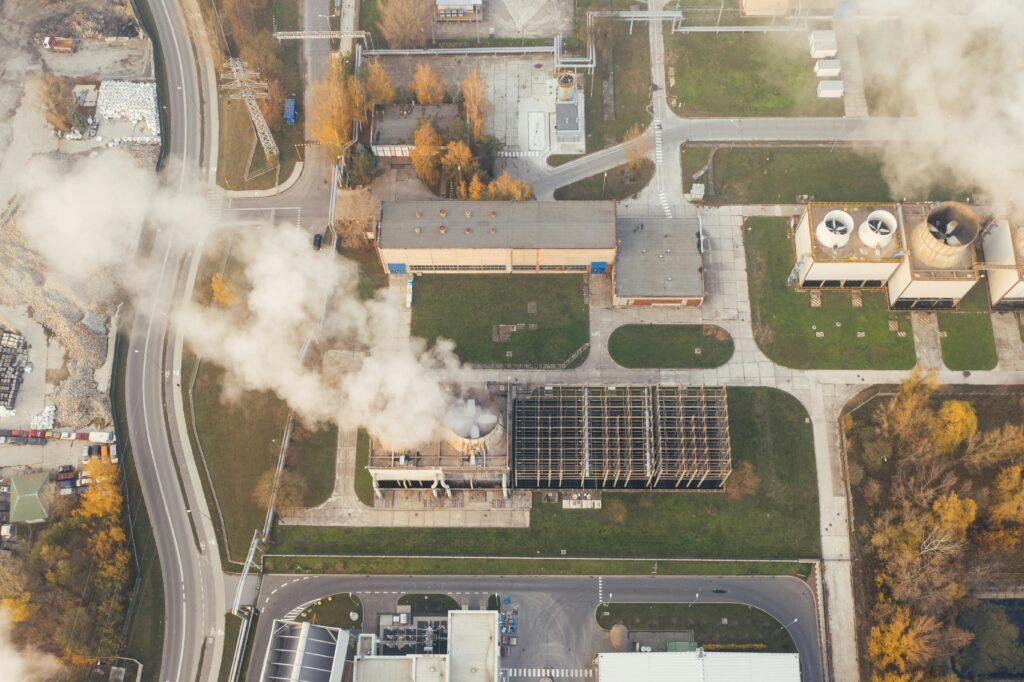
India is facing a major environmental challenge as its air pollution levels continue to rank among the highest in the world. This comprehensive report explores the current status, underlying causes, health and environmental impacts, as well as the government’s initiatives aimed at mitigating the crisis. By shedding light on critical statistics and expert opinions, this article seeks to inform readers and raise public awareness about air quality concerns across the nation.
Overview of the Crisis
Recent studies and reports from reputable organizations indicate that many of India’s major cities consistently register high concentrations of particulate matter (PM2.5 and PM10) and other harmful pollutants. The high ambient concentrations have not only affected urban areas but also extended to smaller towns and rural regions, underlining the widespread nature of the issue.
Key points include:
- High Levels of Particulate Matter: Many urban centers exceed the safe thresholds recommended by international health agencies.
- Rapid Urbanization and Industrial Growth: The rapid pace of industrial expansion, coupled with increased vehicular usage, has exacerbated air quality issues.
- Seasonal Variations: Air pollution levels tend to spike during winter months, largely due to temperature inversions and increased emissions from heating and crop residue burning.
Analyzing the Causes
Industrial Emissions and Vehicular Pollution
The backbone of India’s economic development—its booming industrial sector—has inadvertently contributed to deteriorating air quality. Factories, power plants, and manufacturing units emit large quantities of pollutants, including sulfur dioxide (SO₂) and nitrogen oxides (NOₓ). Additionally, rapid urbanization has led to a surge in vehicular traffic, making road transport a significant source of airborne contaminants.
Agricultural Practices and Crop Burning
In several regions, particularly in states like Punjab and Haryana, crop residue burning is a common practice. Farmers resort to this method due to its low cost and efficiency for clearing fields after harvests. The resulting smoke and particulate matter significantly contribute to the smog over northern India, impacting both local and neighboring regions.
Construction Activities and Waste Burning
The continuous expansion of urban infrastructure has resulted in an increase in construction and demolition activities, which often lack adequate regulatory oversight. Additionally, open-air burning of waste further worsens the already critical air quality, making it difficult to meet clean air standards.
Health and Environmental Impacts
Public Health Concerns
Exposure to high levels of air pollutants is linked to a range of respiratory and cardiovascular illnesses. The following health risks have been documented:
- Respiratory Diseases: Increased incidence of asthma, bronchitis, and chronic obstructive pulmonary disease (COPD).
- Cardiovascular Problems: The risk of heart attacks and strokes escalates with prolonged exposure to airborne toxins.
- Long-term Effects: Studies have raised concerns over premature mortality and adverse effects on lung development, particularly in children and the elderly.
Environmental Consequences
Beyond human health, environmental degradation is another serious concern. Air pollution affects ecosystems by:
- Reducing visibility and affecting climate patterns through the alteration of local weather conditions.
- Damaging plant life, which in turn can disrupt the balance of local ecosystems and reduce agricultural yields.
Government Initiatives and Policy Measures
In response to this escalating crisis, the Indian government has introduced several initiatives aimed at curbing air pollution:
National Clean Air Programme (NCAP)
The NCAP is one of the most significant steps taken by the government. With a target to reduce particulate matter concentrations by 20–30% over several years, the programme involves:
- Strengthening Air Quality Monitoring: Enhanced monitoring networks across cities to provide real-time data.
- Implementation of City-specific Action Plans: Tailored strategies that address local sources of pollution.
- Public Awareness Campaigns: Educating the community on practical steps to reduce individual exposure and contribute to wider emission control.
Emission Controls and Technological Upgrades
In parallel with policy initiatives, there has been an increased focus on adopting cleaner technologies in industries and transportation. Measures include:
- Upgrading Emission Standards: Stricter norms for vehicles and factories to control the release of pollutants.
- Promotion of Green Technologies: Incentives for the development and adoption of renewable energy sources and electric vehicles.
- Urban Planning Reforms: Encouraging the development of green spaces and improved city planning to mitigate urban heat islands and promote better air circulation.
Moving Forward: The Road to Cleaner Air
While the challenges remain steep, collaborative efforts between government bodies, industrial stakeholders, and the public are essential for making progress. Robust policy frameworks combined with community participation can lead to sustainable improvements in air quality. Innovative solutions—ranging from technological advancements in pollution control to shifts in agricultural practices—will play a critical role in shaping a cleaner, healthier future for India’s citizens.
Key Recommendations:
- Enhance Cross-Sector Collaboration: Engage industries, local governments, and non-government organizations in unified action plans.
- Invest in Research and Innovation: Support scientific research to develop new methods for air quality improvement and health risk mitigation.
- Increase Public Engagement: Empower citizens through education and involvement in monitoring and reporting air quality issues.
Conclusion
India’s struggle with high air pollution levels is a multifaceted issue that requires immediate and sustained attention. By tackling industrial emissions, modifying agricultural practices, and modernizing urban infrastructure, significant strides can be made in improving air quality. With continued efforts and a commitment to environmental sustainability, India can pave the way for a healthier future for its people and the planet.